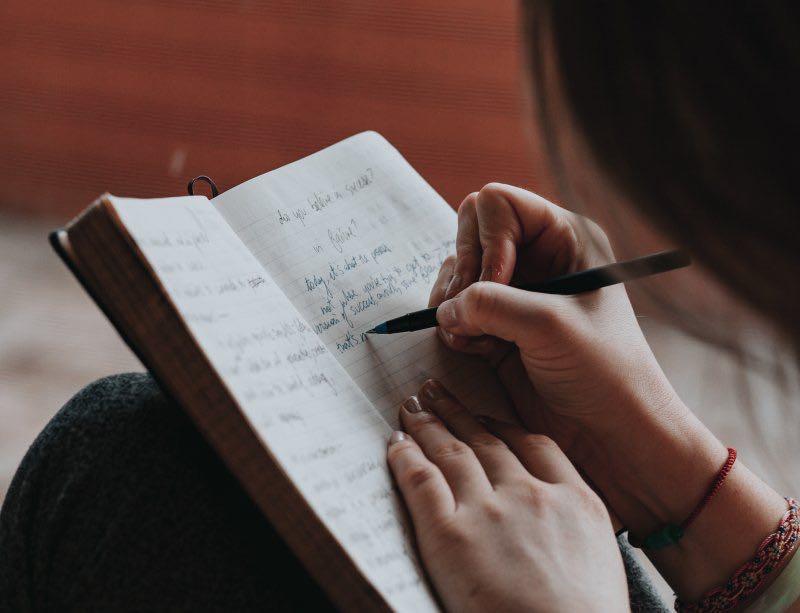Stories are fun and exciting to read when there’s a hero and a villain. The hero doesn’t even have to be something out of a Marvel movie, nor does the villain have to be like Megamind or Joker. Remember, our heroes – or good guys and gals – are our protagonists; our villains – the bad guys! – are our antagonists. In becoming good writers, we want to have good characters to fit the narrative of the story well. If we have a great storyline but the characters are subpar, then the story won’t be good, and you won’t be able to keep your audience’s attention. Today, I am going to give you some tips on creating great heroes and villains in creative writing, so you don’t have to worry about your story being a bust.
Let’s Start With the Heroes, & What Makes Them Work With Your Story…
There are three questions that are very important to think about and answer to have a fleshed-out hero.
1. What Does Your Hero Want?
This question might be a little tricky at first, but trust me, it’s simple. Does your hero want peace? Are they looking for justice? Do they want to help the lady whose purse was stolen? What motivation do they have in what they want? You will want to have a dramatic scene leading up to why they want whatever it is that they want.
You need readers to lean into your story and get hooked, so they read on. You also want your readers to empathize with your hero, so including information like “the villain killed the hero’s wife” creates empathy for your hero. The murder leads the hero to fight for justice and to prevent the villain from hurting other innocent people. This not only pulls at the heartstrings, but helps your audience feel invested in the hero’s journey.
2: What Will Your Hero Do to Get What They Want?
When it comes to a hero saving the world, themselves, or even an animal in need, they need to have a way to be successful in their quest. Do they learn a new skill or purchase something that will help them in this quest? Do they enlist a secret agent to help them with what needs to be done?
The possibilities are endless here. I can’t help but think of the old TV series, Smallville, where the soon to be superman, Clark Kent, had to practice his new abilities in order to conquer the bad guy, Lex Luther. Of course, with every superhero versus super villain movie or tv series, there are many ups and downs to keep the viewer at bay. This is the goal for your own written works.
3: How, When, and Why Does Your Hero Change?
As your hero goes through different events, trials, and tribulations, how do they change? Do they become more persistent in getting what they want, or do they do a one-eighty and turn into a villain? Will your hero evolve and become a better person? Will they gain new skills or powers? How do these changes cause your character to grow for better or worse? Do they have someone that guides them through these changes, or do they face them alone?
Now, Let’s Talk About Developing Your Villain…
Now that we have some good starter questions in getting your hero put together well, let’s move onto questions to ask when dealing with villains and antagonists.
1: How and Why is the Villain Connected to the Hero?
In your story, you need to connect and intertwine the villain to the hero. Why do they dislike or even hate each other? What makes them tick? What happened to the villain to make them want to disrupt the heroes and other worlds?
For example, if we think about Harry Potter and Lord Voldemort, we think of when he murdered Harry’s parents. When he did that, he left behind a scar on Harry’s forehead and that connected them throughout their journeys in the series of novels. In the Twilight saga, the vampires that aimed to live life normally and the werewolves were enemies until they banded together against a more so common enemy of blood thirsty vampires. What events connect your villain to your hero?
2: What Motivates Your Villain?
What makes your villain tick? What is their backstory? In order to create a villain that will have readers gripping the edges of their seats, you need to have a compelling backstory with a deep set motivations. Are they having fun at the expense of other people? Are they on a mission to find and remove the one who hurt them or their loved ones?
When I think of a compelling villain with huge motivations, I can’t help but think of the Joker in the Batman series. Even in watching the movies, the villain, Joker is very compelling, and you can’t like him nor hate him.
3: How Will You Introduce Your Villain with a Bang?
You want your reader to know that your villain is malicious and not to be messed with, so you want to send a clear message indicating this. I can’t help but think of how the Joker, played by Heath Ledger, was introduced in the Batman movie. He organized an armed robbery, had henchmen kill and scare many people out of the bank, and then he maniacally laughed as he killed his henchmen and took off with the money. At this point, the audience knows this man is dangerous and many have formed negative opinions on this villain.
How will your villain catch the attention of your audience? What will your villain do to cause your readers to hate him or feel empathy towards him immediately when introduced?
Use These Tips to Create Great Heroes & Villains in Creative Writing Projects…
Developing compelling heroes and villains in creative writing will help you capture readers’ attention and create captivating storylines.
Michelle Miller

